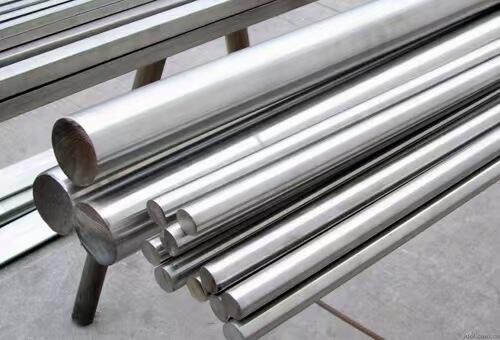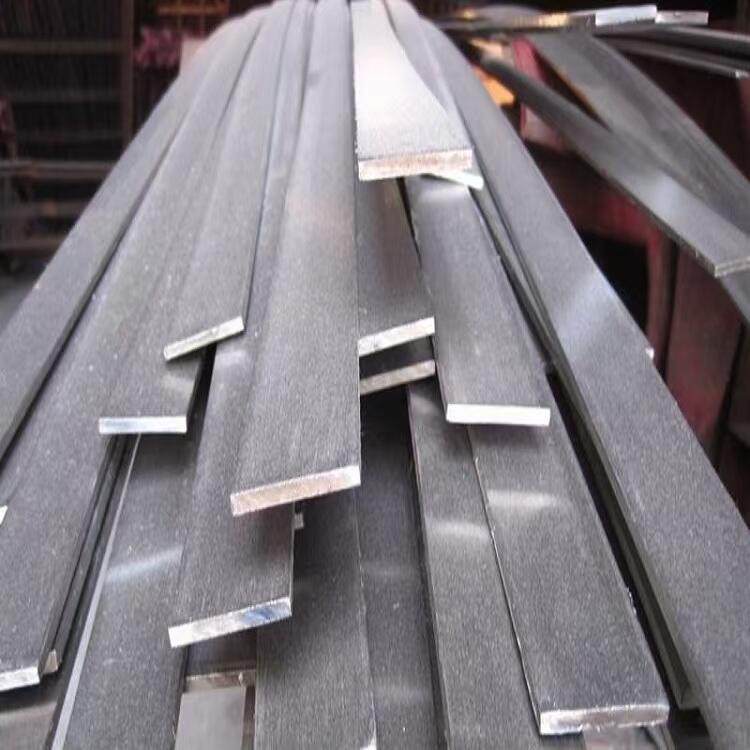Understanding the Science Behind Metal Protection
In the world of metal fabrication and construction, galvanized steel stands as a testament to human ingenuity in combating one of metal's greatest enemies: corrosion. This remarkable material has revolutionized countless industries by providing a durable, long-lasting solution to protect steel from environmental degradation. The process of galvanization, which involves coating steel with a protective layer of zinc, creates a robust barrier that shields the underlying metal from the elements that cause rust and deterioration.
The effectiveness of galvanized steel in preventing corrosion has made it an indispensable material across various applications, from construction and automotive industries to marine environments and household products. Its ability to withstand harsh conditions while maintaining structural integrity has established it as a cornerstone of modern engineering and manufacturing.
The Galvanization Process Explained
Hot-Dip Galvanization Technique
The most common method of creating galvanized steel involves hot-dip galvanization, where clean steel is immersed in molten zinc at temperatures around 850°F (450°C). During this process, the zinc reacts with the steel surface, forming a series of zinc-iron alloy layers that are metallurgically bonded to the base steel. This creates an extremely durable coating that becomes an integral part of the steel rather than just a surface treatment.
The thickness of the zinc coating can be controlled through various factors, including immersion time and withdrawal rate. This allows manufacturers to customize the level of protection based on the intended application and environmental exposure of the final product.
Chemical Reactions and Bonding
When zinc bonds with steel during galvanization, it forms multiple layers of zinc-iron alloys. The outermost layer consists of pure zinc, while the intermediate layers contain varying proportions of zinc and iron. This graduated structure provides superior protection compared to simple surface coatings, as it creates a more complex barrier against corrosive elements.
The chemical bond between zinc and steel is particularly strong, ensuring that the protective coating remains intact even under mechanical stress. This durability is one of the key reasons why galvanized steel maintains its protective properties for decades without requiring significant maintenance.

Protective Mechanisms of Galvanized Coatings
Barrier Protection
The primary defense mechanism of galvanized steel involves creating a physical barrier between the base steel and corrosive elements. The zinc coating prevents oxygen, moisture, and other corrosive substances from reaching the underlying steel surface. This barrier protection is enhanced by the formation of zinc carbonate on the surface when the zinc coating is exposed to air, creating an additional passive protective layer.
The effectiveness of this barrier protection depends largely on the coating thickness and the quality of the galvanization process. Professional galvanizing facilities maintain strict quality control measures to ensure consistent coating thickness and adherence to industry standards.
Sacrificial Protection
Perhaps the most fascinating aspect of galvanized steel is its sacrificial protection mechanism. Zinc is more electronegative than steel, meaning it will preferentially corrode to protect the base metal. Even if the coating is scratched or damaged, exposing the underlying steel, the surrounding zinc will continue to protect the exposed area through galvanic action.
This sacrificial protection makes galvanized steel particularly valuable in applications where minor damage to the coating is likely to occur during installation or use. The self-healing property ensures continued protection even after surface breaches, significantly extending the material's service life.
Environmental Impact and Sustainability
Long-Term Cost Benefits
While the initial cost of galvanized steel may be higher than untreated steel, its long-term economic benefits are substantial. The extended service life, reduced maintenance requirements, and minimal need for replacement make it a cost-effective choice for many applications. In challenging environments where regular repainting or repair would be necessary for untreated steel, galvanized steel proves particularly economical.
The durability of galvanized steel also contributes to resource conservation by reducing the need for replacement materials and minimizing construction waste. This aligns with sustainable building practices and helps organizations meet their environmental responsibility goals.
Recyclability and Environmental Considerations
Galvanized steel is fully recyclable, and the zinc coating does not interfere with the recycling process. Both the steel and zinc components can be recovered and reused in new products, contributing to a circular economy. The recycling process requires less energy compared to producing new steel, resulting in a smaller carbon footprint.
Modern galvanizing facilities employ advanced environmental management systems to minimize emissions and waste. The process produces minimal hazardous byproducts, and many facilities implement closed-loop systems to recycle materials and reduce environmental impact.
Applications and Industry Standards
Construction and Infrastructure
In construction, galvanized steel is extensively used for structural elements, reinforcing bars, roofing, and facades. Its ability to withstand diverse weather conditions and provide long-term protection makes it ideal for bridges, highways, and building frameworks. The material's predictable performance and compliance with building codes have made it a preferred choice for architects and engineers.
Infrastructure projects particularly benefit from galvanized steel's durability in challenging environments. From power transmission towers to street furniture, the material's resistance to atmospheric corrosion ensures reliable service with minimal maintenance requirements.
Industrial and Manufacturing Uses
Manufacturing industries rely on galvanized steel for equipment, storage tanks, and processing facilities. The material's chemical resistance and ability to withstand thermal cycling make it suitable for various industrial applications. In agricultural settings, galvanized steel is used for equipment, fencing, and storage structures, where exposure to fertilizers and organic materials poses corrosion risks.
The automotive industry incorporates galvanized steel in vehicle bodies and components, taking advantage of its corrosion resistance to extend vehicle life and maintain structural integrity, particularly in regions where road salt and harsh weather conditions are common.
Frequently Asked Questions
How long does galvanized steel protection last?
The protective lifespan of galvanized steel typically ranges from 50 to 100 years, depending on environmental conditions, coating thickness, and application. In moderate environments, proper galvanization can provide effective corrosion protection for several decades without requiring significant maintenance.
Can galvanized steel be painted?
Yes, galvanized steel can be painted for additional protection or aesthetic purposes. However, proper surface preparation and specific paint systems designed for galvanized surfaces are essential to ensure good adhesion and long-term performance of the paint coating.
What environments are challenging for galvanized steel?
While galvanized steel performs well in most environments, extremely acidic or alkaline conditions can accelerate coating deterioration. Continuous exposure to certain chemicals, high-temperature environments, or marine atmospheres may require additional protective measures or alternative materials.



